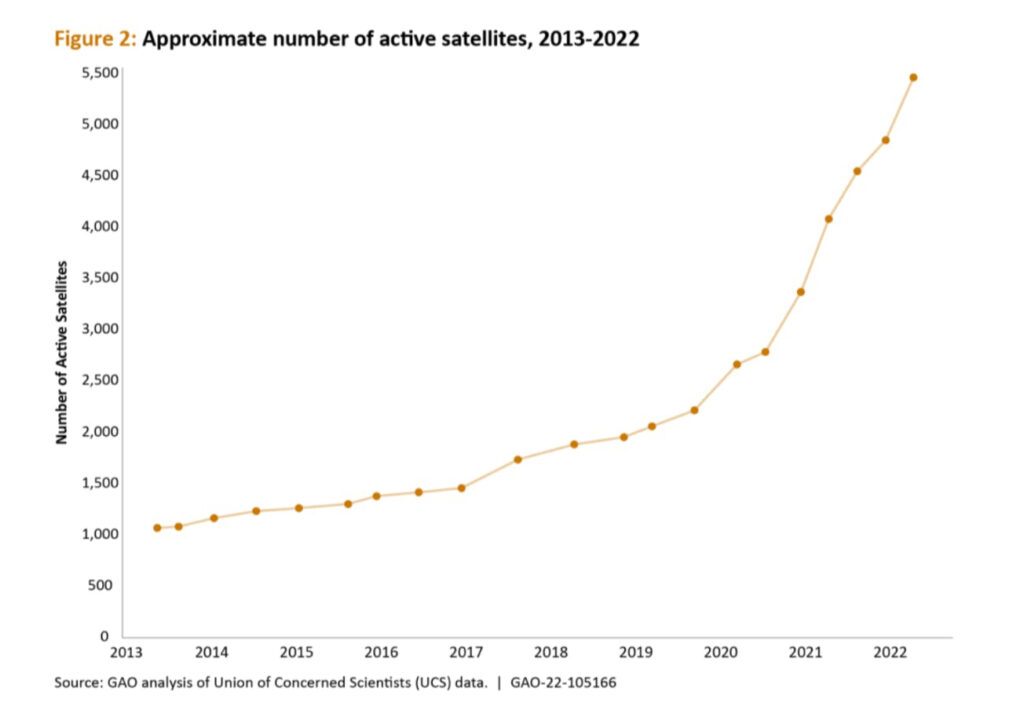In recent years, the satellite-based internet landscape has witnessed incredible developments. Although Starlink is one of those that has garnered substantial attention and funding, there are still many other projects, such as Amazon’s Project Kuiper, that have announced equally ambitious plans to deploy large-scale satellite constellations. Satellite internet technology allows people in remote locations to access the internet and provide vital disaster response services in areas disrupted by natural disasters and conflicts where the traditional infrastructure fails. Since this technology is becoming more and more common (did ever connect to an in-flight WiFi service?), let’s review a bit of history and where it is heading to.

History of Satellite-Based Internet
The concept of satellites goes back to many years ago, when Arthur C. Clarke theorized the use of extraterrestrial relays in 1945. Sputnik was the first artificial satellite that was launched into a Low Earth Orbit (LOE) by the Soviet Union on 4 October 1957 as part of the Soviet space program. It kept sending a signal for several days before its batteries ran out. In 1958, the US successfully launched the first commercial satellite called Explorer 1, followed by Telstar 1 in 1962. Syncom3, developed by Hughes Aircraft for NASA, became the pioneering satellite to achieve geostationary orbit when it was launched on August 19, 1963. From those early years, satellite technology has quickly progressed.
One of the first satellite-based projects that was widely available to the public is the Global Positioning System (GPS). Started by the U.S. Department of Defense in 1973, the first Navstar satellite was launched on 22 February 1978. The full constellation of 24 satellites became operational in 1993, and is currently operated by the 2nd Space Operations Squadron (2SOPS) of Space Delta 8, United States Space Force. As of now, there are 31 satellites orbiting at an altitude of approximately 11,000 miles.
Over the years, advancements in satellite technology and the opening up of the Ka band (26 – 40 GHz) for satellite communication have fueled the development of satellite-delivered internet. The Ka band is one of the many satellite frequency bands available that has a high-resolution, close-range, frequency that improves capacity and performance for television delivery, military applications, and telecommunications purposes.
Benefits of Satellite-Based Internet
- Global Coverage: One of the primary goals of this technology is to provide global broadband coverage, reaching even the most remote and underserved areas of the world. Traditional internet infrastructure is limited by geographical constraints, but satellite networks have the potential to bridge the digital divide and connect people in remote regions, enabling them to access educational resources, healthcare services, and economic opportunities.
- High-Speed Internet: With satellites in LEO, the signal travel time is significantly reduced compared to traditional geostationary satellites, resulting in lower latency. This low-latency connectivity is particularly beneficial for activities that require real-time interaction, such as online gaming, video conferencing, and autonomous vehicle operations.
- Redundancy and Resilience: LOE satellite networks tend to be more distributed than traditional geostationary satellites and offer redundancy and resilience in the face of natural disasters or infrastructure failures. Traditional internet infrastructure often relies on a centralized system, which can be vulnerable to disruptions.
Challenges and Concerns
- Satellite Debris: With thousands of satellites orbiting the Earth, there are concerns about space debris and the potential for collisions. Companies like Starlink have taken steps to mitigate this risk by designing satellites with a capability to deorbit at the end of their operational life. To see this for yourself, look at this map that reports the Starlink satellites already deployed.
- Light Pollution: Some astronomers have raised concerns about the impact of an increased number of satellites on astronomical observations. The reflective surfaces of the satellites can interfere with telescopes, causing streaks of light and hindering the study of celestial objects.
Photo Credit: Global Meteor Network from Farra Observatory, Italy
Conclusion
The future of satellite-based internet holds great promise. Ongoing advancements, investments, and deployments of advanced satellite constellations are expected to revolutionize global connectivity. However, there are challenges and concerns to address. Space debris and the potential for collisions require careful satellite disposal protocols. Light pollution caused by an increased number of satellites can impact astronomical observations and telescope performance, leading to concerns from astronomers. Despite these challenges, the potential of satellite-based internet to bridge the digital divide, offer high-speed connectivity, and provide reliable services in remote areas is significant. With ongoing advancements, satellite constellations are poised to transform global connectivity and play a crucial role in shaping the future of internet access.





